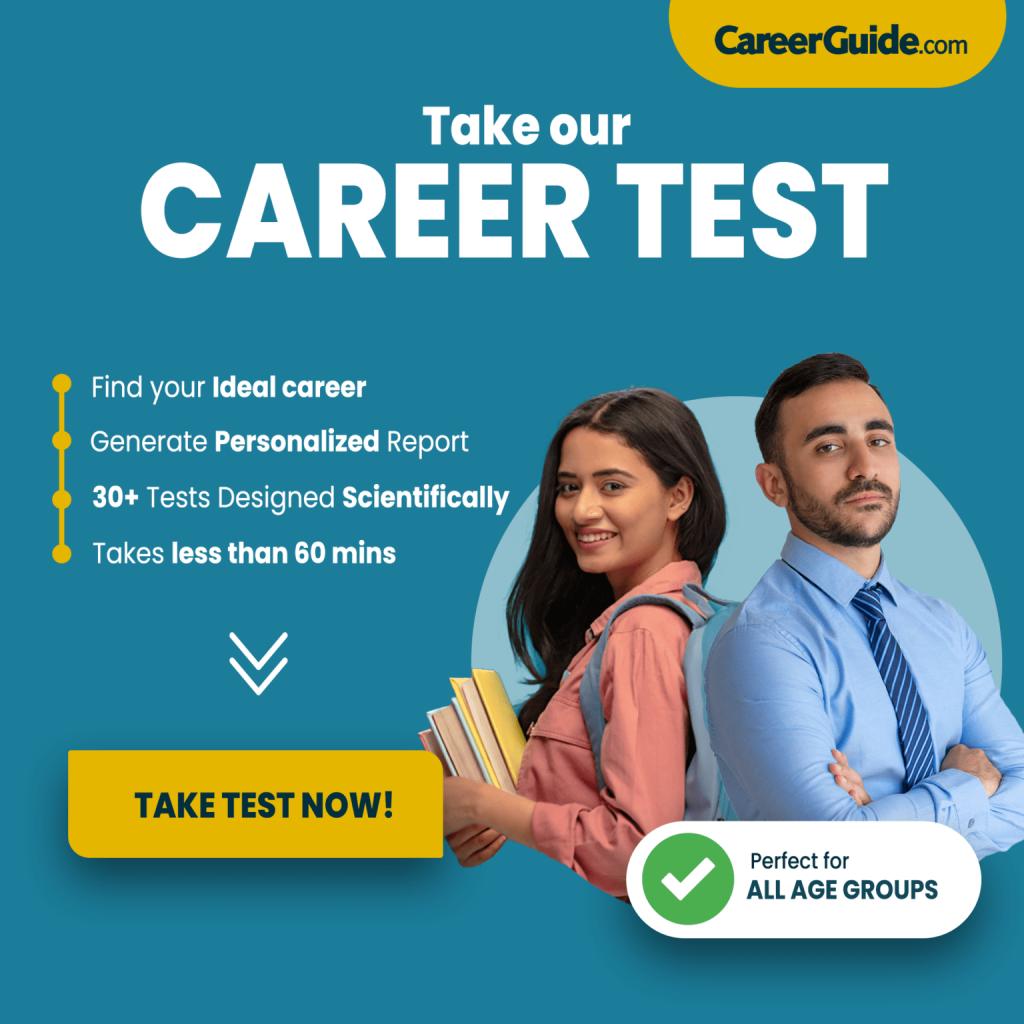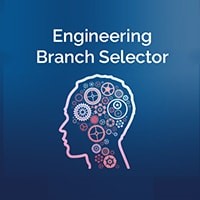PTO full form “Patent and Trademark Office exam.” This exam is also known as the USPTO Registration Examination or the Patent Bar Exam. It is required for individuals who wish to become registered patent agents or attorneys in the United States
Overview : PTO full form
Purpose: The PTO examination, officially called the USPTO Registration Examination or Patent Bar Exam, certifies people to practice before the US Patent and Trademark Office as patent agents or legal professionals.
Content: The examination covers U.S. Patent laws, policies, and methods outlined within the Manual of Patent Examining Procedure (MPEP). Topics encompass patentability necessities, software strategies, prosecution, appeals, and moral concerns.
Format: It includes 100 multiple-choice questions divided into two classes of 50 questions each. Candidates ought to reap a passing score of at least 70%.
Eligibility: Candidates commonly want a history in a systematic or technical area, which include engineering or biology, to be eligible to take the examination. Specific academic requirements are set via the USPTO.
Preparation: Preparation involves analyzing the MPEP, taking exercise tests, and probable enrolling in review guides. The exam is open ebook, allowing applicants to apply the MPEP at some point of the test.
Eligibility Requirements: PTO full form
Educational Background:
You have to have a diploma in a systematic or technical discipline identified via the USPTO. This commonly consists of fields such as engineering, physics, chemistry, biology, computer science, or a carefully associated field.
Coursework Requirements:
The USPTO requires specific coursework for your diploma application that covers foundational subjects applicable to patent examination. These subjects encompass subjects like physics, chemistry, calculus, or engineering sciences.
Alternative Experience:
If your diploma does no longer meet the precise coursework requirements, you can nonetheless be eligible if you have taken and handed sure college-stage publications that cowl the desired subjects.
US Citizenship or Residency:
You have to be a citizen of the USA or a resident alien to use for the examination. Non-resident aliens can also observe but ought to meet additional standards.
Character and Fitness:
Applicants should reveal suitable ethical person and recognition. This might also consist of disclosing any criminal convictions or unethical conduct that could have an effect on your ability to exercise as a patent agent or lawyer.
Application Process: PTO full form
Check Eligibility: Verify which you meet the instructional necessities, which generally include a degree in a identified clinical or technical field such as engineering, biology, chemistry, physics, or computer technology.
Prepare Documentation: Gather necessary documentation, inclusive of transcripts displaying completion of required coursework, and every other assisting substances that reveal your eligibility.
Submit Application: Complete the net utility shape through the USPTO internet site or via the Office of Enrollment and Discipline (OED). Include all required facts which includes non-public information, educational heritage, and any applicable work revel in.
Pay Application Fee: Pay the utility charge, which covers the processing of your software. As of my remaining update, the rate amount may additionally vary, so take a look at the USPTO internet site for present day expenses.
Await Confirmation: After filing your utility and charge, anticipate confirmation from the USPTO. This may additionally include verification of your eligibility and recognition of your utility.
Schedule Exam: Once your software is authorized, you’ll receive commands on how to schedule your examination at a chosen checking out center. The exam is normally administered at Prometric testing centers.
Prepare for the Exam: Study applicable materials, consisting of the Manual of Patent Examining Procedure (MPEP), exercise assessments, and other assets to put together thoroughly for the exam
Patentability Requirements: PTO full form
| Patentability Requirement | Description |
|---|---|
| Novelty | The invention must be new and not disclosed in any prior art, which includes prior patents, publications, or public use or sale anywhere in the world. |
| Non-Obviousness | The invention must not be obvious to someone skilled in the relevant technology area, compared to what is already known (prior art), at the time of invention. |
| Utility | The invention must have a useful purpose and utility. It must be capable of some practical application, directly benefiting society or an industry. |
| Written Description | The patent application must adequately describe the invention in sufficient detail to enable someone skilled in the art to make and use the invention without undue experimentation. |
| Enablement | The application must provide enough information for a person skilled in the field to make and use the invention based on the description and any drawings included. |
| Best Mode | The inventor must disclose the best way known to them to carry out their invention at the time of filing the application. |
Advantage: PTO full form
Securing Patent Rights: Clear comprehension of patentability standards guarantees that innovations meet legal standards for patent protection, safeguarding highbrow assets rights.
Enhancing Application Drafting: Knowledge enables in drafting sturdy patent programs that fulfill felony necessities, reducing the threat of rejection or litigation.
Supporting Clients: As a patent agent or attorney, understanding patentability aids in advising customers on patent strategy, maximizing their probabilities of obtaining precious patents.
Navigating Examination Process: Familiarity with patentability assists in responding to office moves effectively, addressing examiner worries, and advancing via the patent exam procedure effectively.
Competitive Edge: Proficiency in patentability criteria distinguishes specialists within the patent law area, enhancing credibility and customer consider.
Disadvantage
| Disadvantage | Description |
|---|---|
| Complexity and Subjectivity | Determining novelty and non-obviousness can be complex and subjective, requiring deep analysis of prior art and legal interpretations. |
| High Standard of Disclosure | Meeting the written description and enablement requirements demands thorough and detailed disclosure, potentially limiting the scope of patent claims. |
| Best Mode Requirement | Failure to disclose the best mode of carrying out an invention can invalidate a patent, necessitating careful consideration and documentation. |
| Strategic Limitations | Strategic decisions about when and where to file patent applications must consider the global impact of disclosures and the strength of patent claims. |
| Risk of Rejection and Litigation | Applications failing to meet patentability criteria may face rejection, requiring costly amendments or appeals. Weak patents increase litigation risk. |
| Time and Resource Intensive Process | Drafting patent applications that satisfy all requirements, including patentability, requires significant time and resources. |
| Evolution of Patent Law | Changes in patent laws and court interpretations can alter patentability standards, requiring ongoing education and adaptation. |
Challenges
Subjectivity: Assessing novelty and non-obviousness can be subjective, requiring deep analysis and interpretation of prior artwork, which varies amongst patent examiners and courts.
Complexity: Understanding and applying legal requirements together with written description, enablement, and quality mode require technical information and felony acumen, making the method problematic.
Global Considerations: Patent packages often have global implications, necessitating strategic decisions on in which and while to file to maximize safety whilst handling prices and compliance with numerous felony structures.
Evolution of Law: Patent law evolves via legislative modifications and judicial interpretations, requiring practitioners to live up to date on developments that impact patentability requirements.
Resource Intensity: Drafting a strong patent utility that meets all patentability standards demands extensive time, effort, and sources, from undertaking thorough searches to getting ready precise disclosures.
FAQ's
Q1:What is the PTO exam?
A: PTO exam, also known as the Patent Bar Exam, is a test administered by the United States Patent and Trademark Office (USPTO) to certify individuals as registered patent agents or attorneys
Q2: Who is eligible to take the PTO exam?
A: Eligibility typically requires a scientific or technical background, such as a degree in engineering, physics, chemistry, biology, or computer science. Specific educational qualifications are outlined by the USPTO.
Q3:What topics are covered on the PTO exam?
A: The exam covers U.S. patent laws, rules, and procedures, including patentability requirements, the patent application process, examination procedures, post-grant procedures, and ethical considerations.
Q4: What is the format?
A: The exam consists of 100 multiple-choice questions divided into two sessions of 50 questions each. The questions test knowledge of patent laws and regulations, as well as practical application skills.
Q5:What is the passing score for the PTO exam?
A: To pass the exam, candidates must correctly answer at least 70% of the questions, which means getting at least 70 out of 100 questions correct.



















